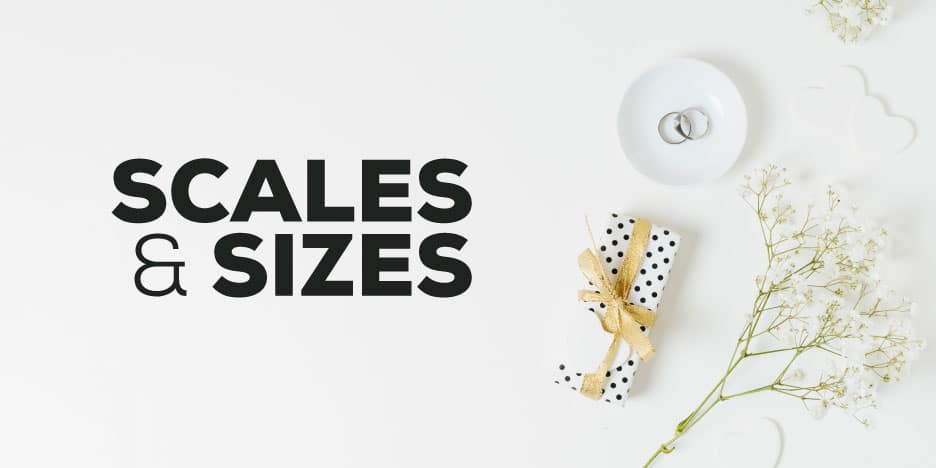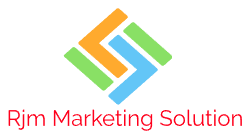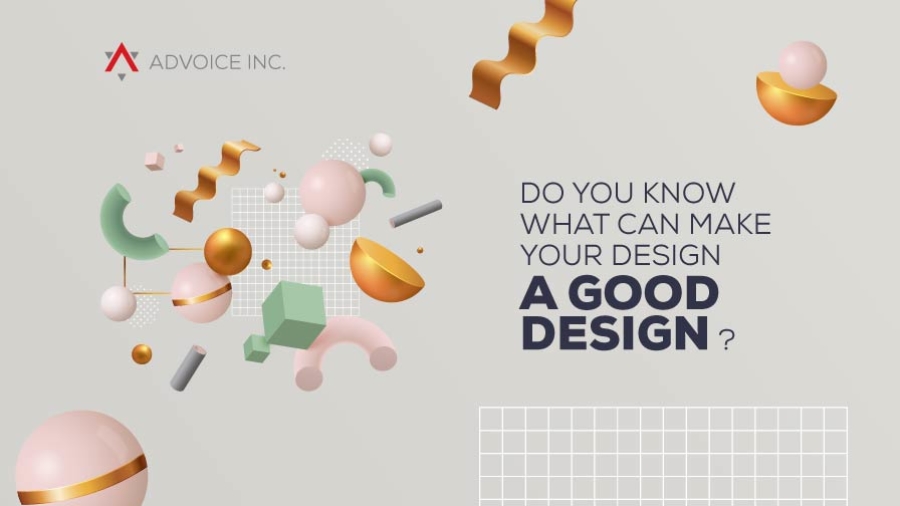Designing is a creative yet tricky subject.
Those who feel that Design is difficult, just don’t understand it’s core design elements or also failed to apply them properly.
Elements of good design are the essence of Design success.
Every design you see around conveying some stories along.
The creators who understand the Design concept (what & why to design), Elements of design (Required ingredients), principles (Do & Don’ts) along with other rules such as color combination, text selection also know how to apply that, can create an impressive design.
Or we can say a “Successful Design”.
Successful designs serving end-goal Better and leave long-lasting impression in viewers’ mind.
Art is not something how it feels you.
But how you make others feel.
Every impressive design that shock you and leave with an unanswered question begin with “HOW…” just enough to feel designers proud themselves. Same as a magician, designers like to amaze their audience and keep own secrets within.
But in reality, every designer is using the same tools or design elements in the process, but their application is something that makes the Difference.
Indeed, Art or Creative approach.
Elements of design are the essentials being used by designers to draw any imagination on paper. A successful designer understands what elements to use, when and in what proportion. So let’s first understand it means.
Definition of Design Elements:
Elements of design or Design elements, (up to you How to pronounce) – are the basic needs of any design. Like Required things.
No matter what your design goals are, But these ingredients of design, you require to add while creation. Every element having own purpose to add value in your design.
For newbie designers, these are the rules to follow, But for expert designers it’s a part of Design process.
Take them as creative regulations or design essentials.
But these are actually the tools, making your design work way more effective plus looks alive.
Are Design Elements and Principles, are same?
Like said earlier, every design has own essential to make it meaningful art.
It seems that elements and principles are the same for every design, but are two separate essentials contributing to design success.
Elements of Design- are tools also components that designers apply in the creation. These elements creating Base for design.
Principles of Design– showing method to apply those Design elements. It’s about how designers use available tools optimally for designing.
Combination of Elements and principles make design guidelines. A roadmap to follow for reaching end design needs, by optimal use of resources, tools, and design components.
Even simpler difference between them are:
Elements are the Resources (Tools, Components)
Principles are the Rules (Regulations, Methods)
Every design is the result of combining available design elements and its application the right way to turn ideas into reality. Also what approach a designer follows with them, becomes a factor for Design success.
Why to apply and take elements of designs seriously?
Designing is a creative field and needs no limitation. Every Design came out from an imagination.
But elements and principles are the guidelines that designers have to consider.
There’s always a logical argument between designers over following these rules. Each designer has own views, theories, and experiences from its application.
And Fact is, these do not limit your creativity, but are ways to create an effective design. It’s like tips and suggestions. How to apply them is completely up to you.
Some designers prefer not to use such guidelines and just go along with where their idea leads. Whereas some concerned one, think its potential impact and applying them all at once.
Decision of such rules must be taken with other factors as well. Creators require to look at design type, available resource, theme, texture and more than that what is the purpose of your design. Before implementation.
Of course, the design elements changing, as a change in design Needs.
Designers have to identify which elements work in the current design scenario and in what proportion, Instead of applying each, have in their minds.
A better approach is to follow a custom design rule, which is applicable to own design and adds value.
Not every successful design follow the (Design) Rules,
But every unsuccessful design forgot such Rules.
Again, it’s completely customized decision. That varies among creators and their creations.
However, Before finalization about whether to apply or not, let’s now understand what they are. Here presenting Elements of design list, which designers commonly prefer in the Design Process.
What are the Elements of Designs?
Line

LINE is a very first Design element. Line is the component where every design begins.
Simple question:
what will you do first when drawing something ?
Stroking a line. Isn’t it ??
It seems that line is just a stroke, but for the creator it actually connecting two dots. It’s a connection on paper.
Also, some lines separate the objects from one another and grab attention to the desired location on board.
Take a look at how newspapers ads, articles, and banners are organized and separated with the use of those lines and columns.
They make sure, your eyeball reaches where it suppose to.
Color

When you talk about design, Color join the conversion by-default. Color is the favored elements of design of any creator.
From graphic to web designers, color are the essentials for which they worry, the most.
Choosing the right color and using it optimally are the core of the design process. While implementing color, designers do care about message delivery and effective impressions.
All that color testing and combination are worth it if you want a Successful design. This lets you test which color present your message well.
Let the Designers do their job.
Believe me, they are concerned about how Design looks, more than you.
Remember color can make or break your end goal. Especially when you design for Branding.
While implementing the Brand design understand the business need first and execute the design process likewise. The color you use also impacts the viewers’ decision and how they relate with Brand.
Shape

Every design has its Boundaries, also called Shapes. Which shows how your design will look.
Like every other design element, the shape also determined to produce quality design, without sacrificing the color contrast.
Shape are the limits for the designers and to frame every required element within optimally.
Whatever you design or create, must have a defined shape. Make sure the shapes you choose are matching with your intent and also interactive enough.
Shape can be framed with lines or with colors only. Some shapes are organized due to other design elements, while some only with text. Again, up to design needs.
White Space

These design elements are simply ignored by the newbie creator. But expert designers understand its importance and always left some room for this.
White spaces are nothing but a blank area left intentionally, intending to drive focus on a particular thing in design.
It can also be used for giving design, a pleasant look, with a minimal composition.
Likewise, white space is useful in writing to grab exact point. Same applies to design as well.
Remember white space doesn’t have to be a white always, that can be matched background color among textures as well.
For some designers, white space is key design elements, while some treat them as wasted-space. But as a designer, you need to understand the concept before applying, via picturizing its potential impact.
Texture

Textures are the elements that give your design, a Life.
For web & graphic designers, textures are the key elements for deciding how it’ll look on screens. As they know texture gives a refreshing look to a website. More than that it also impacts on user-experiences.
While making a brochure for the construction company, cement (or bricks) textures adding way more value than any colored background.
Using a texture optimally, you don’t just make design alive but also saves it becoming Blank and Boring. Remember the word, used here is “optimally” …as not every design needs the textures.
Some design simply looks fresh with a white background.
Don’t forget that texture is powerful design elements, and need caution while using. Certainly, it gives your design a feel, But your primary focus has to be on the paper, not in the Background.
Typography

Writing and Designing, Words are a strong element in Both. The difference lies in how optimally you practicing them.
Typography becomes imperative when your design aimed at Branding and Marketing need. Same as other design elements, the type of words you use also makes message delivery successful.
An expertise designer understands balancing between text content and the visuals, also how to apply the typography that matches the Brand theme.
Every design elements are adding value to the ultimate design work, But word-types you use are itself VALUE, that audience seeks.
Common mistakes a new designer make while typography is, that limit it only to the font styles and sizes only. Whereas typography also includes text color, space-margin, scaling, and matching with other design elements.
Remember every Design elements are extras, But typography is itself the Message.
Scales & Sizes

What will be your response to website with all same-sized text within, instant skip ??
Obviously, you just skip it, at first look.
No matter how valuable information it has, you simply prefer not to read further. As there’s no heading and bold,bullet-points are there, to grab your attention.
That’s what happens when you design with same sizing objects in it.
Here are the essential design elements that help you in measuring what will be the size of every design object you have.
Scales and sizes also applied for providing weights to the design elements. Weight in terms of, what you wish your viewers look first.
Simple example: In movies, camera picturizes lead dancer at large scale, then background dancers. Easy for you to identify who plays the key role and maintain your focus (interest) at.
Contrast
This design element, you better to use when you have to differentiate one objects from another.
Using a contrast is a common design approach…especially when you wish the audience give value to one object over another. Or indirectly you lead them to Do, what you want.
When your design having a typography in it, Remember contrast can impact the readability.
Contraction between the Background and the Typography, leave a directive note. As words, you highlight catches the viewers’ attention.
Along with varied size, shape and contrast text usage helping viewers to get an immediate idea of what to read first and what is important.
Balance
Balance is a supportive design element for scaling, which ensures that end-design looks Stable.
Adjusting every required object and making each one available, is the purpose of Balance element. It employs given space optimally, so not a single object has to sacrifice or leftover.
Symmetry or Asymmetry Balancing, are always the confusion for creators and designers. Using any of it, without understanding can turn out to be a horrible design.
Whereas Symmetry Balancing, treats each design object equally, it preferred for uniform designs. On the other side, Asymmetry makes adjustments of various objects according to the preferences and values it hold.
Many designers prefer to go with Asymmetry Balancing, as it is complex to implement yet easy to consume for the audience. Mean they are highly effective.
Grid
Grid becomes a significant Element of designs, while preparing the Design framework.
As you have more objects and focus-area to combine in a single page, grid element makes it possible to arrange every single piece, as it should be.
Back to our newspaper example, check out the classified page and have a look at How every details are arranged. Even though varied information and same typography applied, you can still find what’s in there for you. Because of the easy categorization.
Gird provides the structure to design and connecting one element with another.
Do follow the grid element in a Design process, as it gives your design a pleasing look. More than that, it also helps you with Balancing design objects.
Composition
Behind every impressive design, there’s always a creativity plus the creator’s ability to combine all design elements equally.
That’s called, Composition.
Experienced designers become mastering at the composition of lines, color, contrast, and any other elements. They are well versed with which element to use and where.
Also, they take care to highlight the main object the most, via the design element’s combination.
Composition is not only for arranging the elements and fits into a whiteboard But also it’s applied to make sure that every element serve its design purpose equally.
Final Thoughts:
These are not the end list, Elements of designs and principles are varied as per the Design project.
The successful Design is the one that exercising customized Design practice.
Those elements may vary according to the design variation and layout or pattern you follow. Here described elements are common ones that apply to general design process.
As every design has to be creative plus appealing, amazing yet balanced…we suggesting our designer reader to use it optimally, with valuing own Design need.
Just looking at its importance and applying all elements anyway, probably not a good idea.
Instead prefer to do some testing with those elements and look at what works to your paper. Of course, like the objective of design changes the elements of design, too.
Understanding the actual design goal and testing with diverse design elements will not drive you a result you seek But to the Return, you should have.
An Impressive design – Not only amaze your audience…But also your ownself !!


Add a Comment